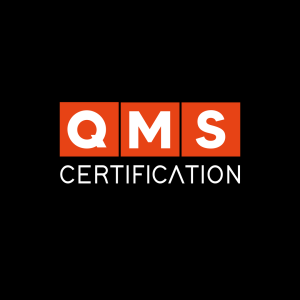Inconsistency is a vulnerable point for many small and medium businesses. For a business owner, it can be incredibly frustrating to see your team provide a world-class experience for one customer, only to completely drop the ball for the next. Failure to provide consistent standards can lead to mixed customer reviews, brand confusion and poor customer loyalty — all of which will sabotage your long-term success. How can a quality management system help my business?
A Quality Management System is an effective way to standardize your production, sales and service levels across your organization to ensure consistency is maintained through every touch point.
A Quality Management System is also extremely helpful when it comes to marketing your business and products. Superior quality control — at both product and service levels — will close the gap between your best performance and your worst performance to ensure consistent customer experiences. And that’s the most effective way to build long-term customer trust and loyalty.
Here are five ways you can use a Quality Management System to help your business consistently deliver superior customer experiences:
1. Focus on customer needs
The first step in creating a Quality Management System is to define your customers’ needs. Understanding exactly what your customers want and need from your business will help you keep your customers at the centre of your organization and ensure you’re investing in the areas that will deliver the most customer satisfaction.
2. Create target workflows
What are the processes and procedures you need to put in place to deliver on your customer’s needs? A Quality Management System will set out these workflows so you can get a top-down view of your operational procedures and identify any bottlenecks that may be holding your business back.
3. Define employee roles
A good Quality Management System will clearly define each employee’s role in achieving your target workflows. This allows you to identify any redundant positions, where new positions may need to be created, and whether you need to invest in further staff development and training.
Read more on how can ISO 9001 help you manage your team.
4. Design a management framework
With your customer needs identified and employee roles clearly defined, you can turn your attention to designing a management framework you can use to govern the efficient operation of your target workflows. Ensure that your management framework is tied to specific business goals so you can keep your ship on the right course.
5. Review for continual improvement
A Quality Management System is not a set-and-forget proposition. You’ll need to commit to an ongoing review process to achieve continual improvement in your business. This includes regularly assessing your customer’s needs as the market changes and their expectations evolve. Shifting customer needs then need to be reflected in the other stages of your Quality Management plan to ensure your processes and procedures, employee roles and management framework are all aligned and focused on delivering consistent customer experiences that will keep your head and shoulders above your competitors.
Those are just some of the ways a QMS can help your business. To learn more, please reach out to us at: contact@qms-certification.com.











